Focus launched its new SAM enduro bike in late 2018, so we got one in and put it in the hands of our local Calderdale tester, Rik Legge. Over to Rik for the full review.
Focus bikes are a familiar sight to anyone who follows Le Tour, but the range is more diverse than simply road bikes, with the German brand offering an impressive range of mountain bikes including the latest SAM 9.9 model we have here.
This big and burly 27.5in wheeled 170mm enduro bike is an update on the older 160mm SAM model, with changes to the linkage design and frame geometry. The 9.9 sits at the top of the tree, and sports a full carbon frame and mix of high end SRAM parts including Rockshox Lyrik RC2 forks and Rockshox Super Deluxe RCT shock. For those with shallower pockets, the SAM is also available with an alloy mainframe / carbon swingarm and Fox suspension for £3,599.
While labelled as “Enduro” on the Focus website, the designers were keen to point out that the SAM was conceived as a fun, all-mountain style bike rather than a dedicated race bike. This struck a chord with me, as although I will race on occasion, most of my riding time is spent having fun in the woods.
I first swung a leg over the SAM at the launch event last year on the dry and dusty trails of Mehring bikepark, so was excited to see how much fun it would be on my local (and distinctly less dusty) trails of West Yorkshire.
The Bike
The bike features a full carbon frame with a highly distinctive HUGE coffin shaped top-tube / head tube junction. This is not only reassuringly beefy, but also provides a neat entry point for the internal hose and cable routing. The low slung top tube gives plenty of stand-over clearance, but leaves enough room for a bottle cage. The bottom bracket is a press-fit affair, but suffered no creaks during the test period.
The key design difference from the outgoing SAM comes from the FOLD linkage (that’s “Focus Optimized Linkage Design” acronym fans) with two small linkages tucked inside the main frame, helping to keep weight low down and central.
Focus claims that the two links are engineered with different levels of stiffness; the link to the shock being very stiff (reducing side-loading on the shock) and the link to the rear end being more compliant, helping the rear wheel track on uneven ground.
The shock is mounted vertically, attached to the mainframe just above the bottom bracket, where the shape of the frame creates a bit of a water and mud collection point. Nevertheless, the very neat linkages of the FOLD system free up a great deal of space in the frame, allowing a bottle to be fitted easily if desired.
The FOLD kinematics aim to provide a highly sensitive, digressive, initial phase up to the sag point, after which it progressively ramps up for mid-stroke support and to resist bottoming. Focus also then tunes the rear shocks to complement this leverage curve, and I found the RockShox Super Deluxe RCT shock on the SAM 9.9 complemented the 170mm Lyrik RC2 well, offering a balanced and supportive ride.
Geometry is modern without going to extremes; a fairly slack 64.8° head angle, a fairly steep 75° seat angle, and a fairly low (unsagged) 13mm BB drop.
I am 5’6” with comparatively long body and short legs, and have sometimes had to size up in order to get the reach measurement that feels comfortable. On paper, the small sized SAM looked about right though, with a reach of 420mm. On a medium, this stretches to 440mm, and 460mm on a large.
Disappointingly though, the SAM is only available in these three sizes so taller riders will need to look elsewhere.
The seat tubes are short to allow for longer dropper posts, and the bike is supplied with 150mm drop Reverb posts on the Medium and Large sizes. On the small however, this is reduced to a 125mm drop and being used to a longer travel seatpost, I found this a touch restrictive.
Another minor gripe was the seat collar, which needed to be really cranked up very tightly to prevent the seatpost twisting, and requiring a torx rather than more common allen key. At least it only needed doing once.
The groupset was a dependable mix from SRAM. Drivetrain duties were handled by the ubiquitous 12-speed GX Eagle with an upgraded Truvativ Descendent Carbon crank, while Guide RSC brakes did the stopping.
The brakes were reliable and powerful throughout the test, and I found Eagle to be fantastic when perfectly adjusted, but prone to skipping if cable tension was not spot on.
Wheels are nice and wide (30mm internal width) Race Face Turbines in boost flavour, shod with 2.5in Maxxis tyres. I was a somewhat confused about the tyre choice, as Focus had chosen to run a Minion DHF at the rear and High Roller up front. Personally I would have switched these around, although in any case I found I wanted something with more bite in greasy winter conditions, so swapped to a Magic Mary at the front for the duration of the test.
Although the frame is not designed to run plus sized tyres, there was plenty of mud clearance and I would anticipate a 2.6in tyre would have been fine too.
The Ride
First ride, I could already tell I was going to enjoy this bike. The long travel and low slung frame gave bags of confidence and encouraged some, err… interesting lines. While only offering a 10mm more travel than I would normally ride, there was a level of composure I’d previously only experienced on downhill bikes.
Initially it felt shorter than expected when seated, however on closer inspection it seemed the saddle was quite a long way forward on the rails. Tools out, saddle pushed back: sorted. The fit now felt comfortable, long enough to give some breathing space but not so stretched as to cause problems weighting the front. The BBB branded cockpit comprising of a well shaped 780mm bar and unfashionably long 55mm stem resulted in a nice, central body position with plenty of space to move around.
I experimented with the suspension settings during the test period, finding that despite my measly 63kg riding weight, I was bottoming out too easily running the recommended 30% sag at the back. I was also finding the suspension feeling slightly harsh through high frequency rocks and roots, especially at slower speeds.
In the end, I settled on 25% sag front and back, removed all the tokens from the forks, and all but one volume spacer at the back. I also backed off pretty much all of the compression damping, with just a couple of turns of the low speed dial for bike park jumps.
I was pretty happy with this setup, achieving full travel most rides without any harsh bottom out. At slower speeds I could still feel a degree of harshness over rough ground; nothing too bad, especially when I also dropped my tyre pressures. But I found myself wishing I could unwind the LSC dial another click or two.
As soon as speeds picked up, the suspension really came to life, feeling supple and supportive in the mid stroke. It also felt remarkably efficient. How efficient? Well, on two separate occasions while climbing, I was asked if the bike had an electric motor hidden somewhere. The huge 50T cassette certainly contributed to this sudden climbing prowess, but nevertheless the suspension remained composed especially when sitting and spinning, to the point where I never felt the need to switch the shock from its fully open position.
Technical, steeper climbs were also dispatched with relative ease and while the front end did get a bit light, I soon adjusted to moving my weight to counter this. It’s fair to say that a 30lb, 170mm bike is unlikely to win a cross country race, but the SAM is no wallowy long travel monster and I was perfectly happy even on longer all-day trail rides.
For all that it was reasonably competent on the ups, that’s not the raison d’être of a bike like this. For those who favour going down, the SAM is an awful lot of fun when gravity is on your side. Something about this bike encourages an almost childish riding style, popping little manuals everywhere and with every root becoming a launch pad. Its natural home was bike park style jumps and berms, where it relished being flung into corners and off of every lip.
Terrain where I would have exercised caution on my usual ride could be tackled at speed. I found myself taking on larger drops and jumps than I would normally try, in the knowledge that the extra travel would disguise any lack of talent; each time, the landing barely registered, fuelling extra confidence.
At high speeds, the bike was stable and composed. One of my local descents is a wide, rocky track regularly punctuated with wheel catching water bars; my usual tactic is to hop these and pump the rest. With the SAM I found myself pedalling all the way down, arriving at the bottom gate significantly sooner than normal.
On my favourite technical, woodsy downhills the bike was easy to manoeuvre, with the neutral riding position making light work of direction changes. The low slung frame provided tons of clearance, helping inspire confidence, and although on the steepest tracks I wished I could drop the saddle a bit more I was always able to get my weight back when needed. At lower speeds, I was still conscious of the fork feeling less supple than expected in the initial part of the travel, though perhaps this was just something I noticed relative to the plush back end.
Three Things I’d Change
- I’d swap the tyres round for summer use, and fit something with more bite for winter.
- Swap the seat clamp for a tighter alternative with an allen key fitting.
- Fit a longer dropper post.
Three Things I Loved
- Low slung, beefy frame and plenty of travel inspired loads of confidence.
- Efficient suspension and 50t ring made the climbs comparatively painless.
- Easy to manoeuvre, fun and playful character.
Overall
Focus’ claims of a fun all-mountain rather than race oriented enduro bike did correspond with my own experience, and I found myself taking fun rather than outright fast lines. That’s not to say it wouldn’t be good in a race; it was quick to accelerate and stable through choppy terrain. However it was the more flowing jumps and berms of the bike-park where the SAM really shone, with a level of composure normally reserved for downhill bikes.
What surprised me most about the SAM though was its versatility. The respectable weight, efficient suspension and low gearing meant that uphill or flatter trails could be enjoyed rather than endured. Yes there is a lot of travel, but with the travel managed efficiently there is nothing stopping you from enjoying some pretty epic mountain days up in the Lakes and Wales… especially if you also like to maximise the fun bits on the way.
2019 Focus SAM 9.9
- Frame // Carbon fibre, 170mm travel
- Fork // RockShox Lyrik RC2, 170mm travel
- Shock // RockShox Super Deluxe RCT, 230x65mm
- Wheels // Race Face Turbine 584-30, 148x12mm / 110x15mm
- Tyres // Maxxis 3C EXO HighRoller II 2.5in Front & Minion DHF 2.5in Rear
- Cranks // Truvativ Descendant Carbon DUB, 32t
- Rear mech // SRAM GX Eagle 12-speed
- Shifter // SRAM GX Eagle 12-speed
- Cassette // SRAM PG1275 10-50t
- Brakes // SRAM Guide RSC
- Stem // BBB Aluminium 55mm
- Bar // BBB Aluminium, 20mm rise, 780mm width
- Grips // Race Face Grippler
- Seatpost // RockShox Reverb Stealth, 31.6mm, 125mm travel
- Saddle // Prologo Dimension NDR
- Size Tested // Small
- Sizes Available // Small, Medium, Large
- Weight // 13.5kg (29.7lb)
- RRP // £5,499


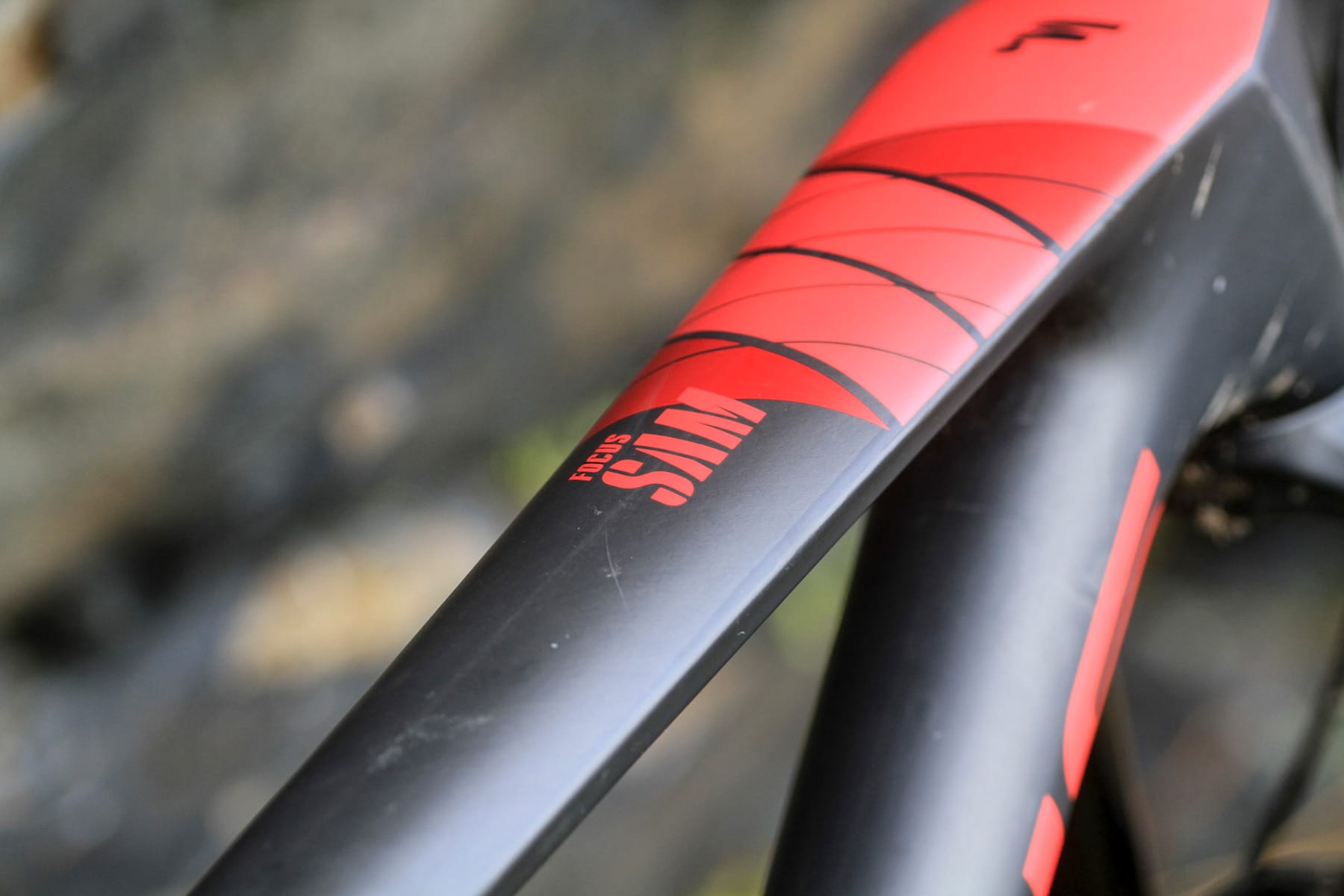




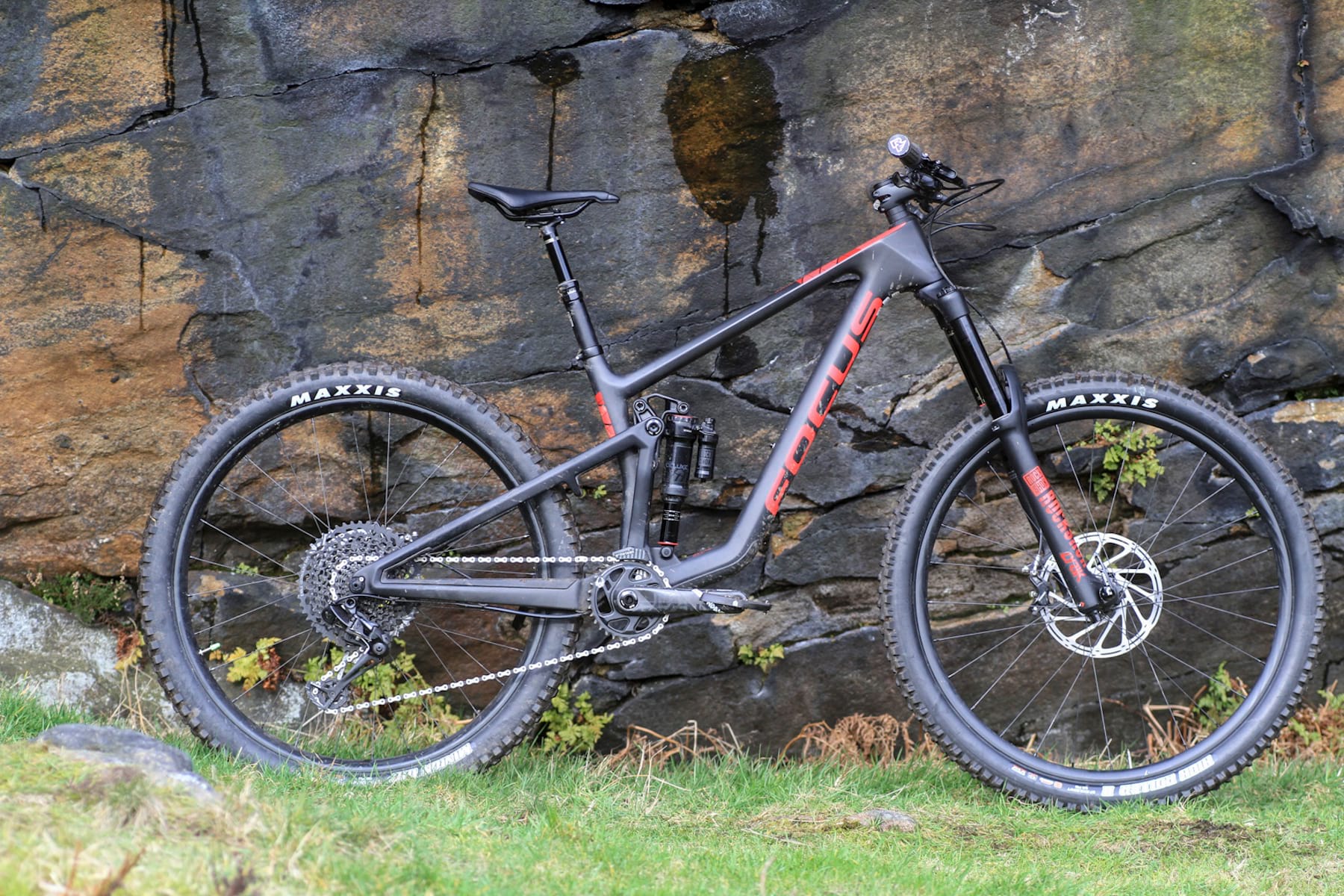
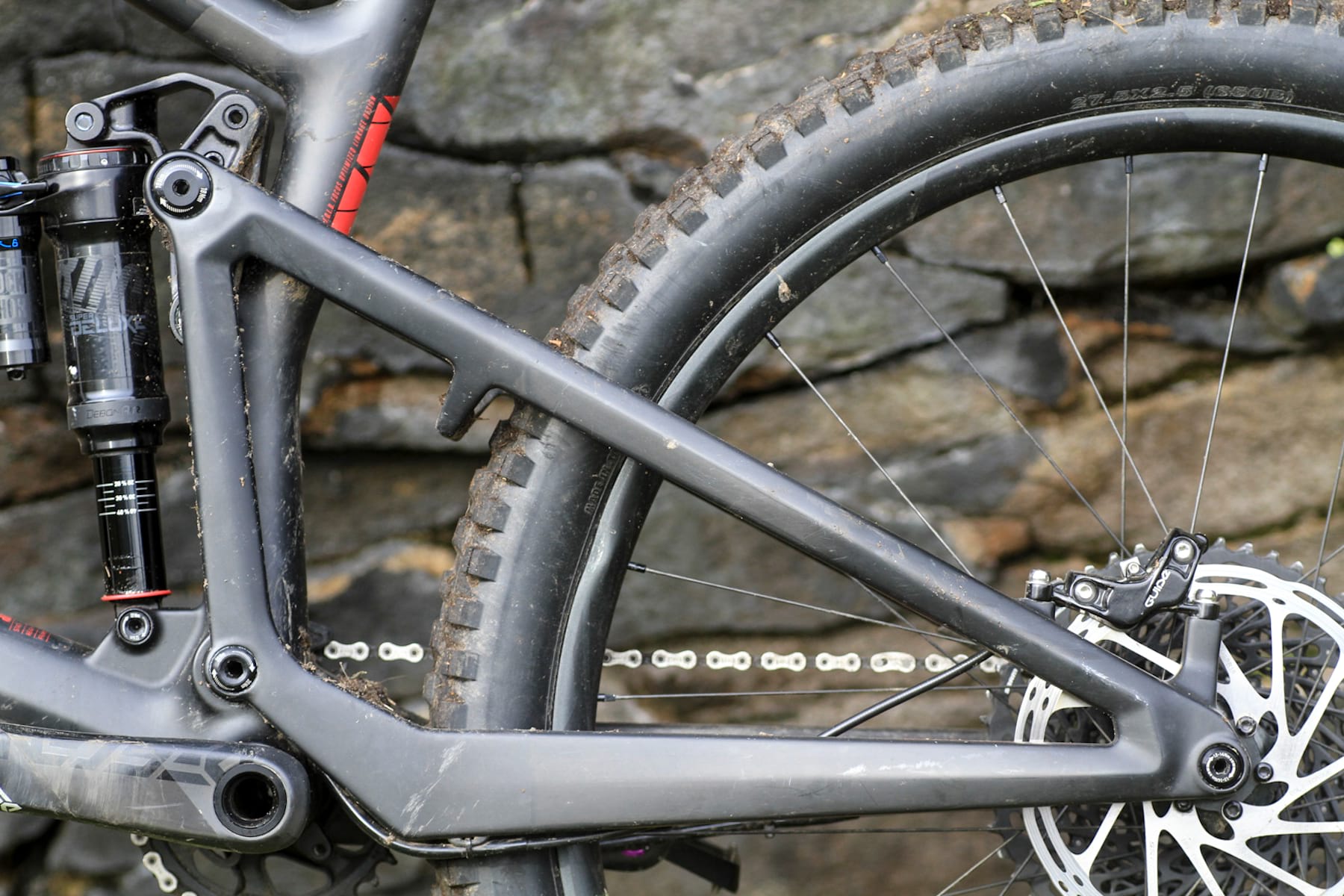
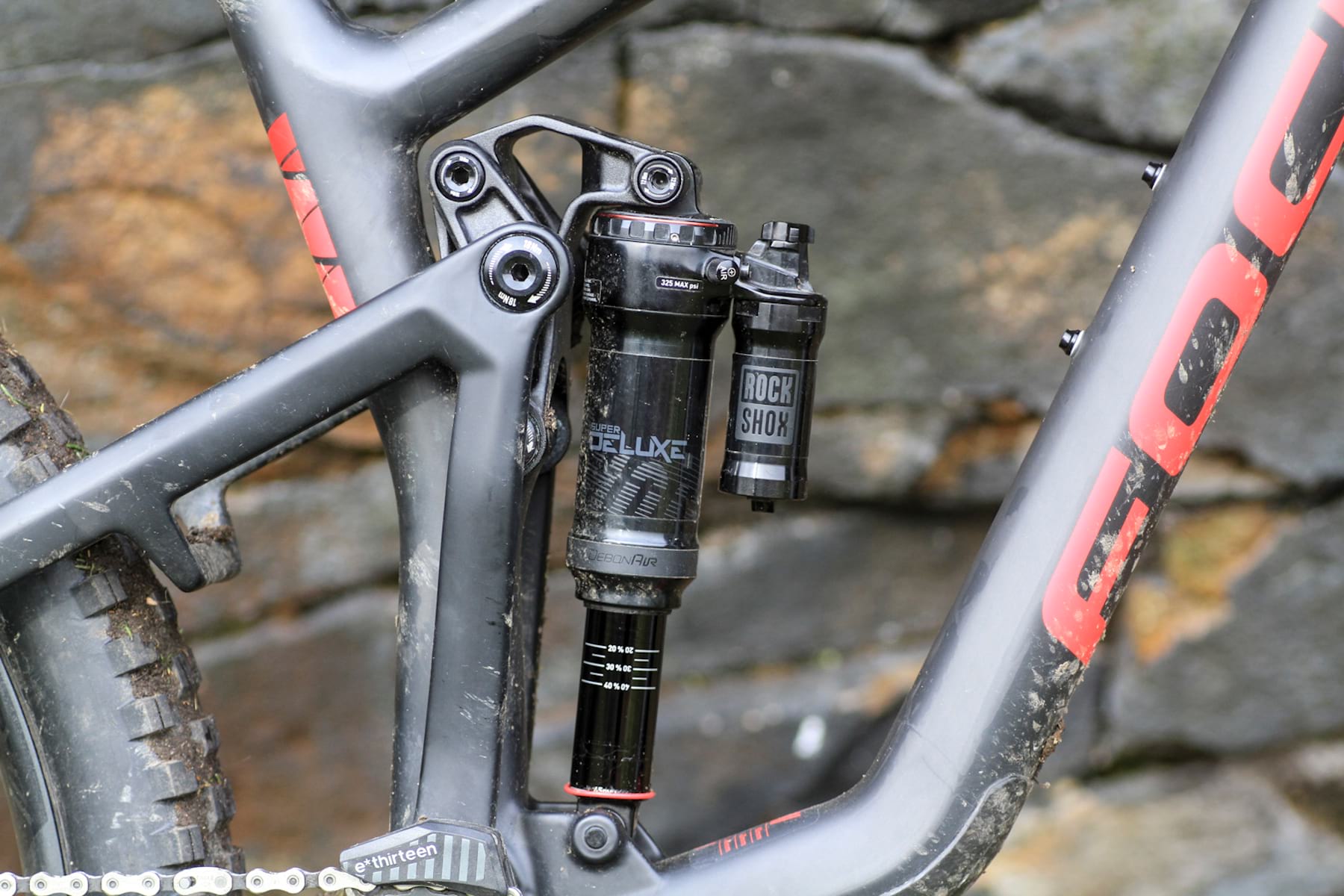
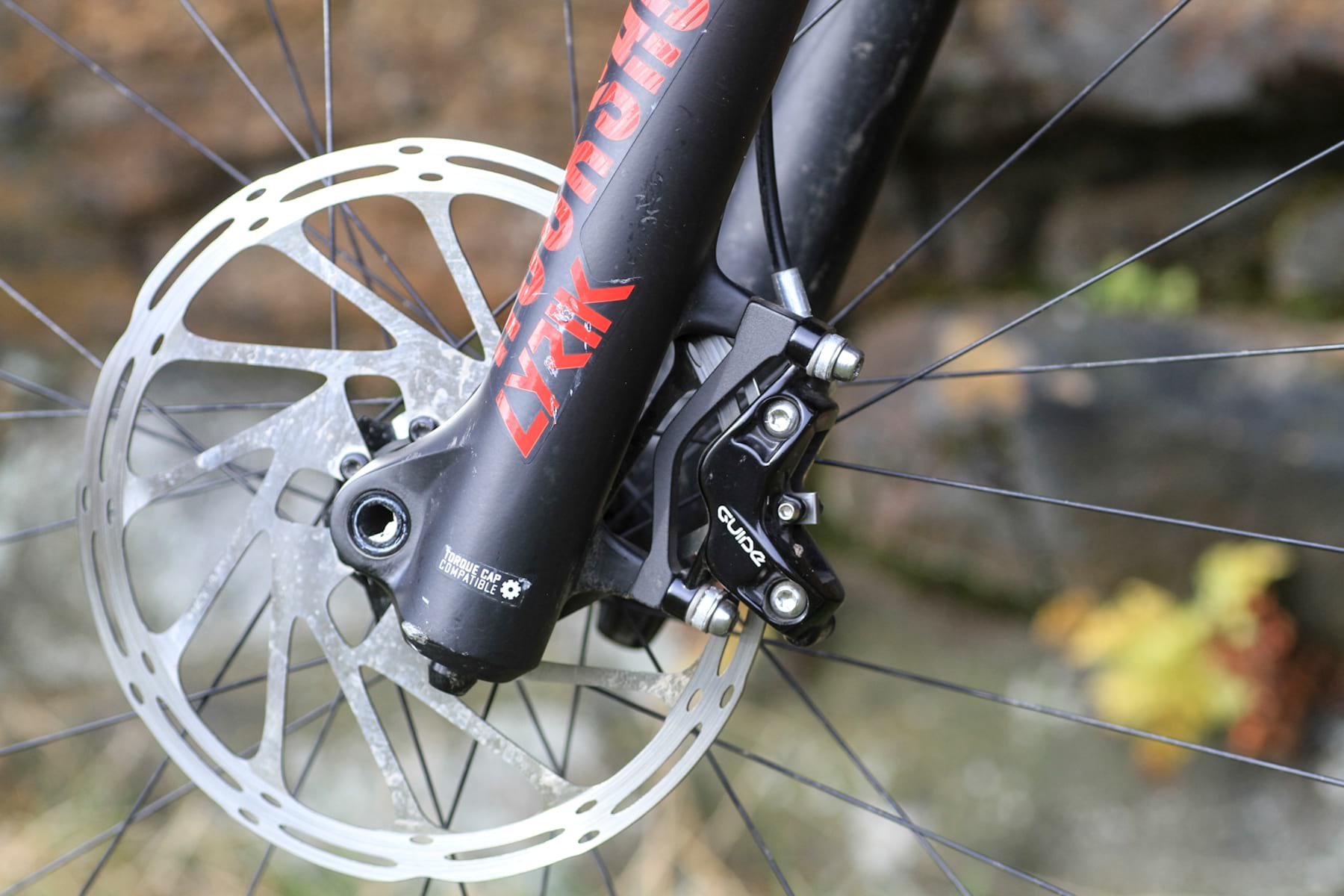
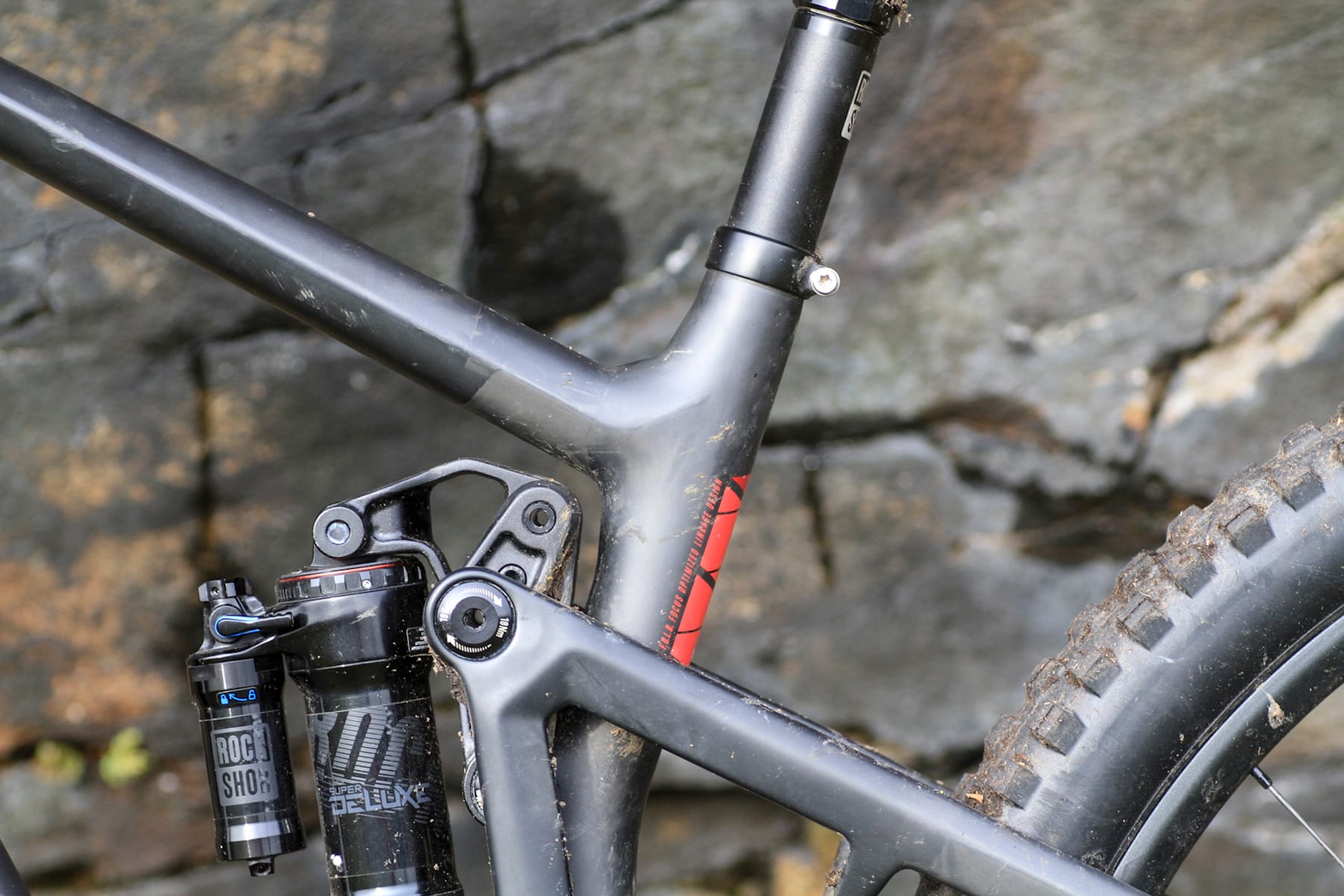
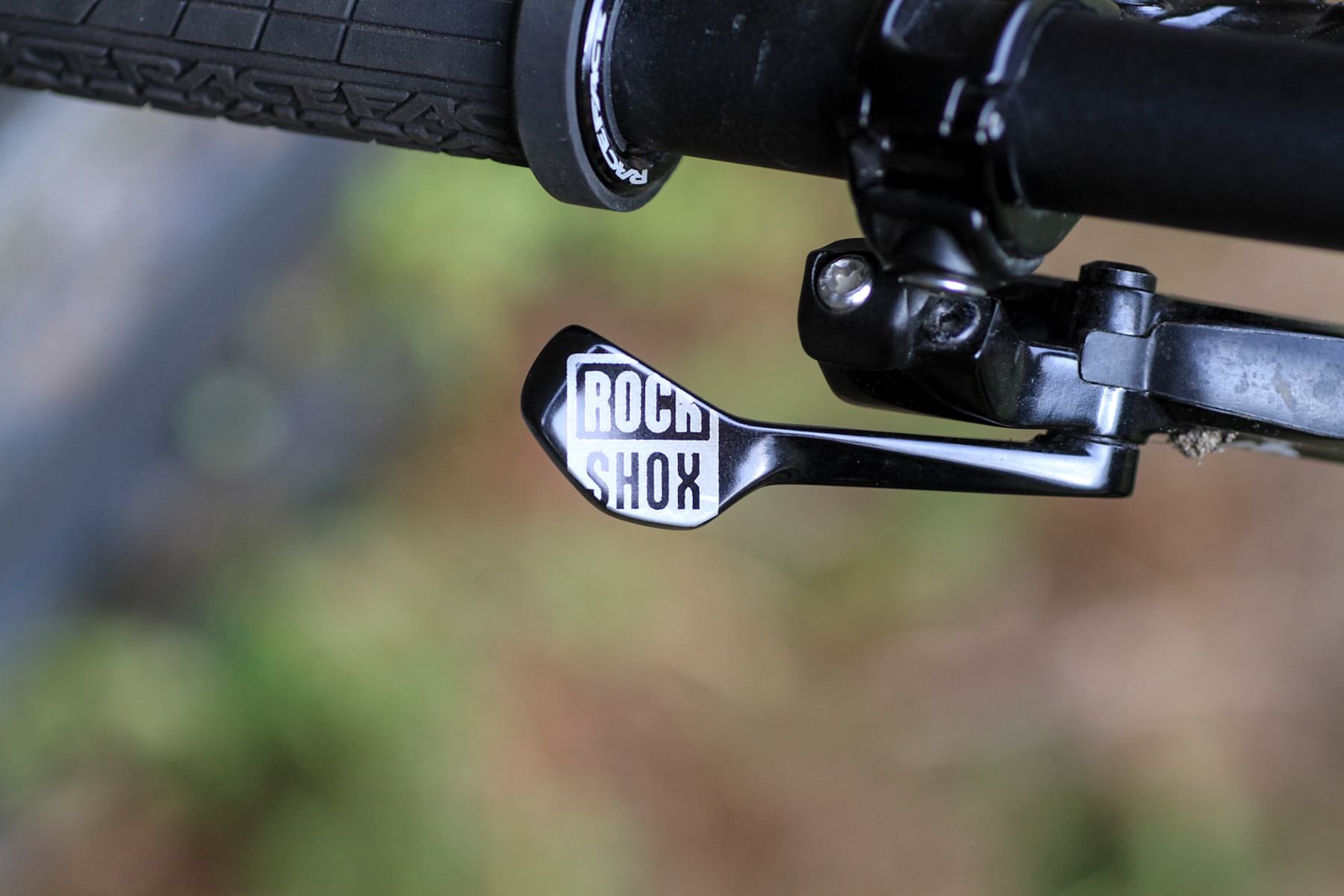

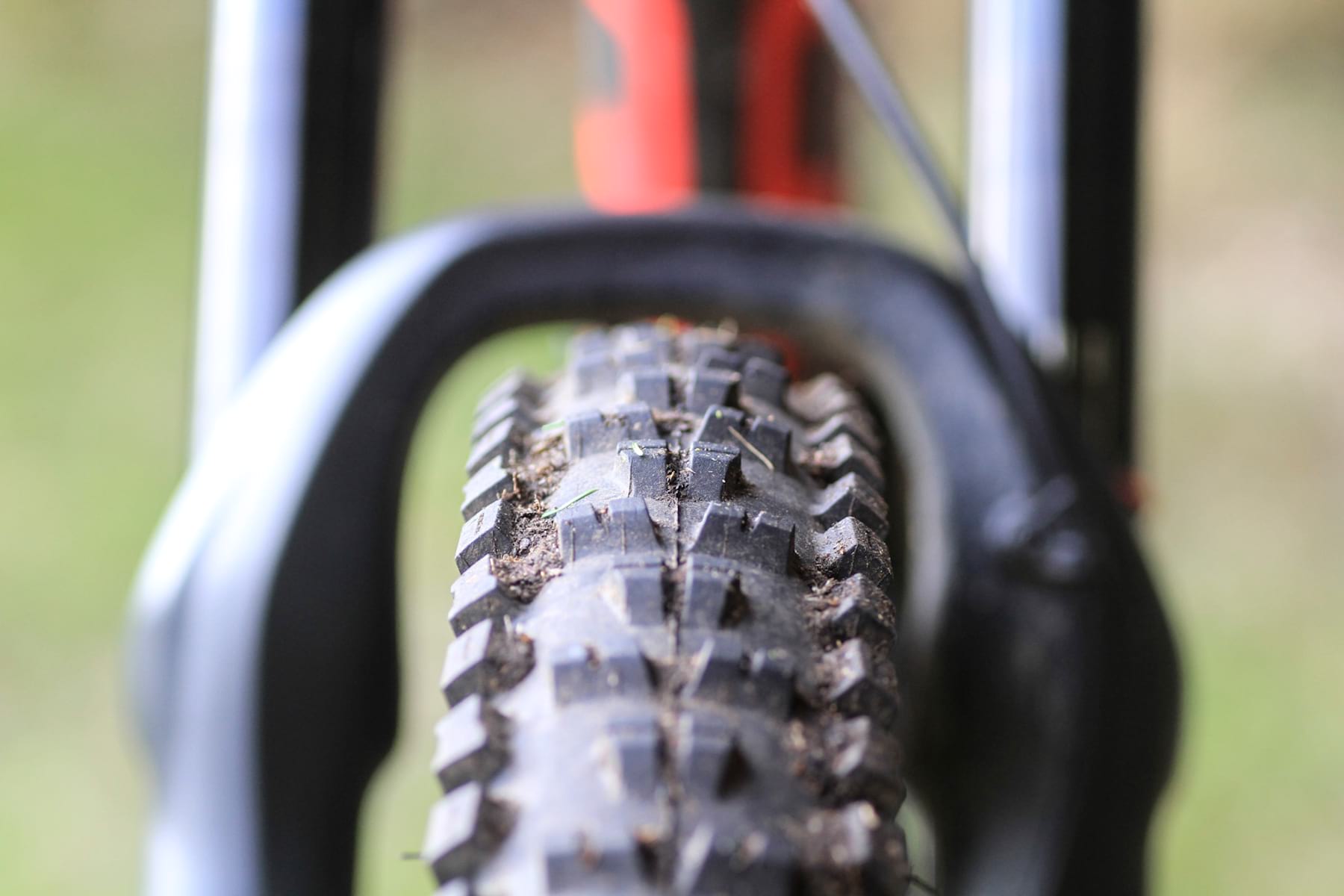
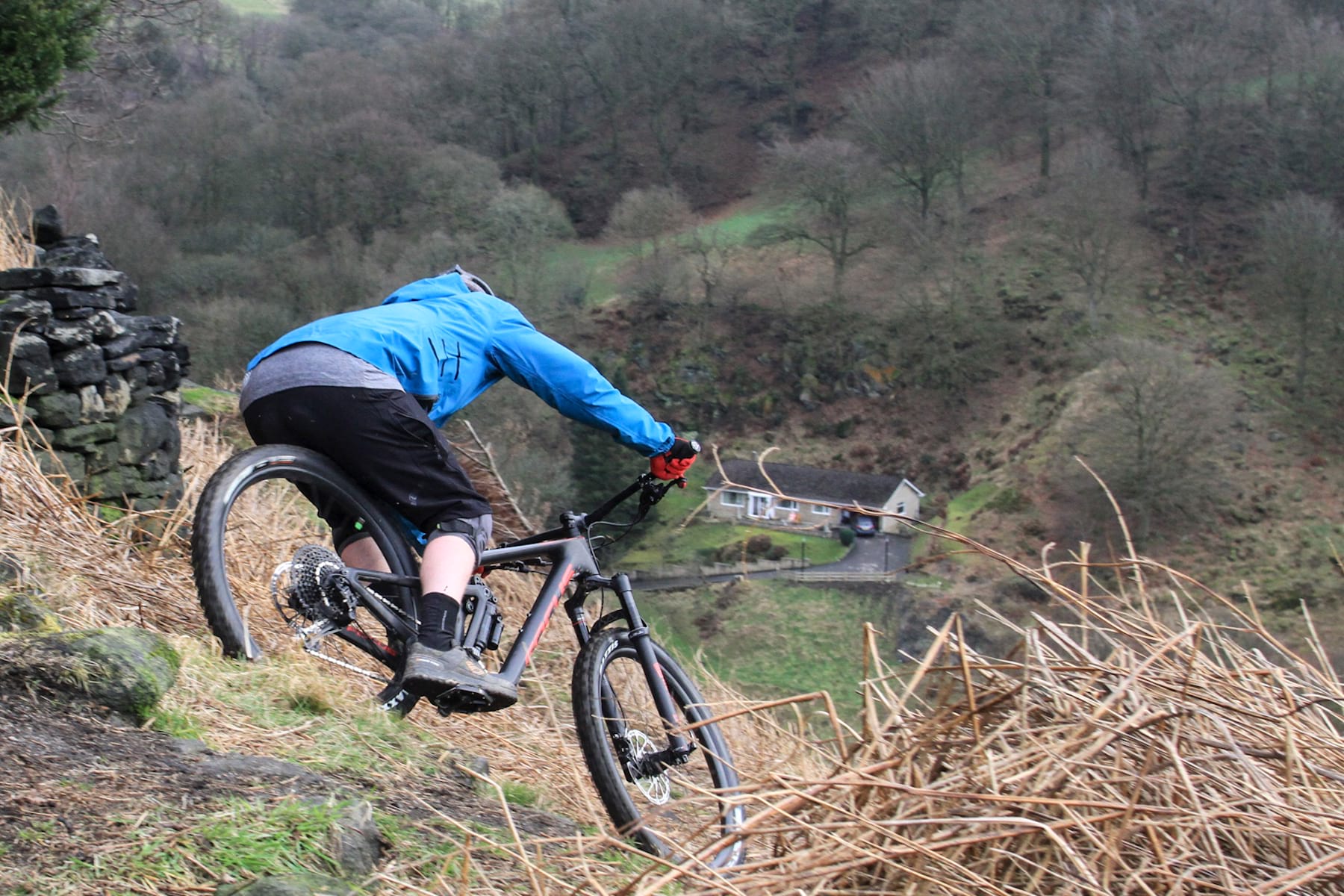
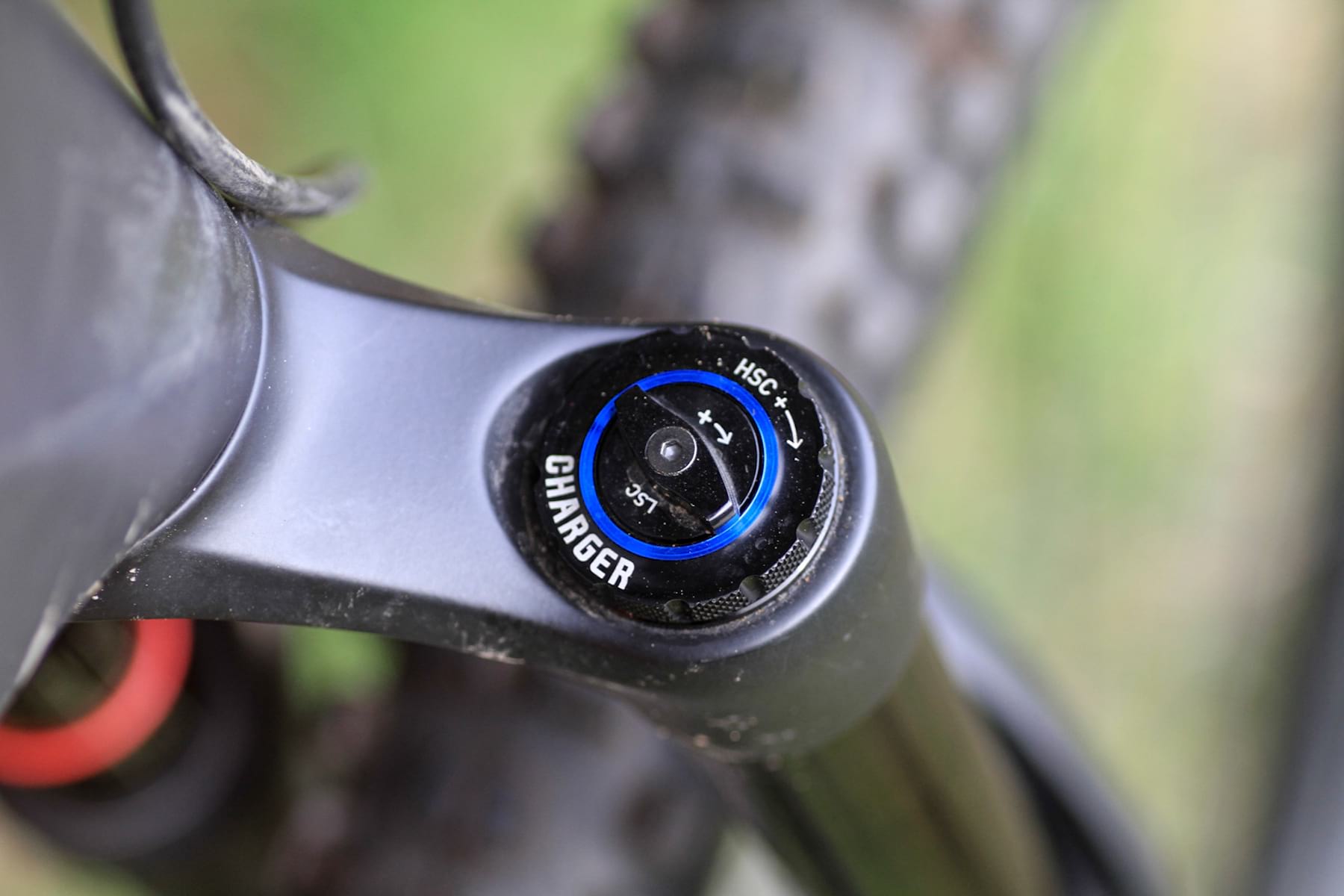
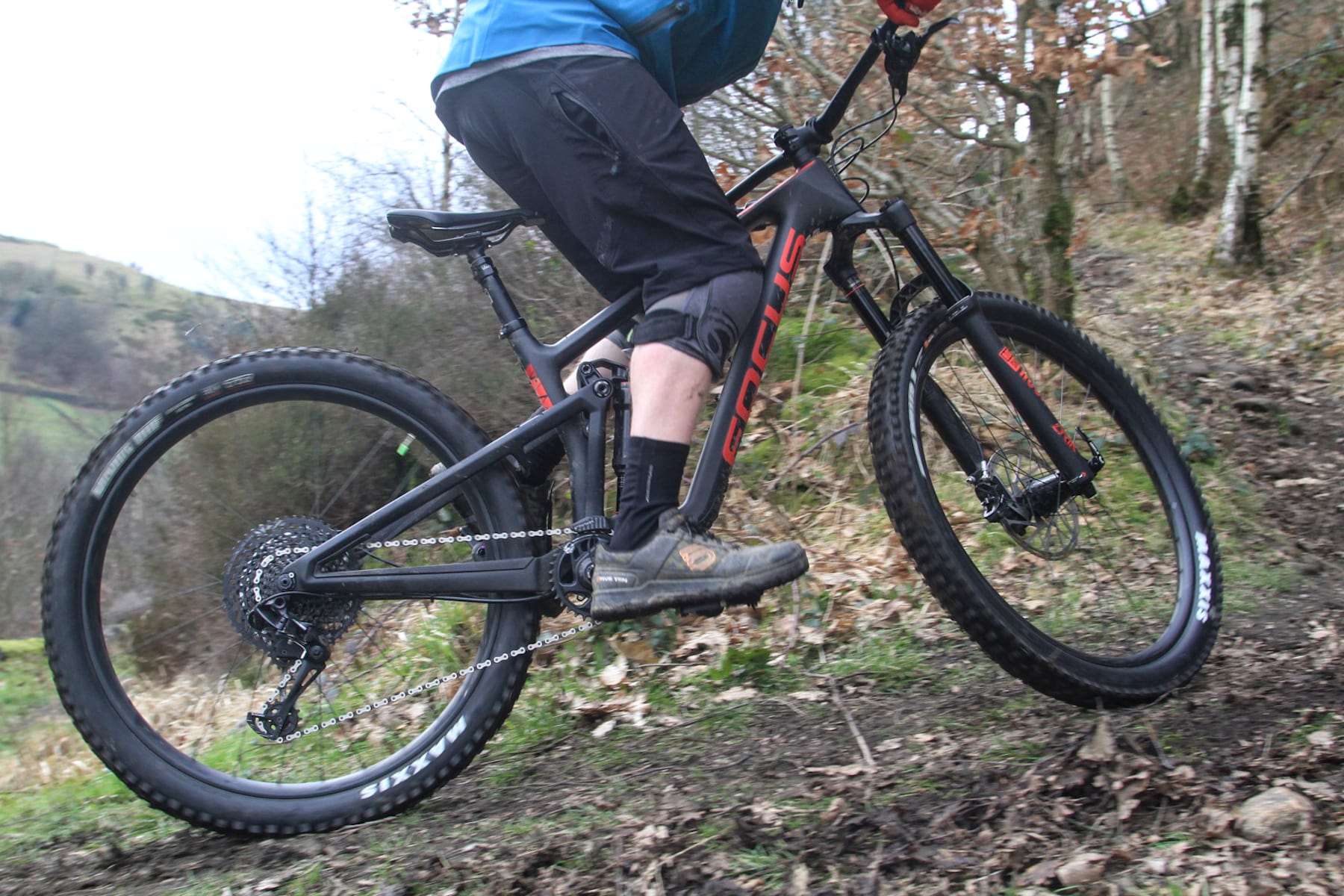
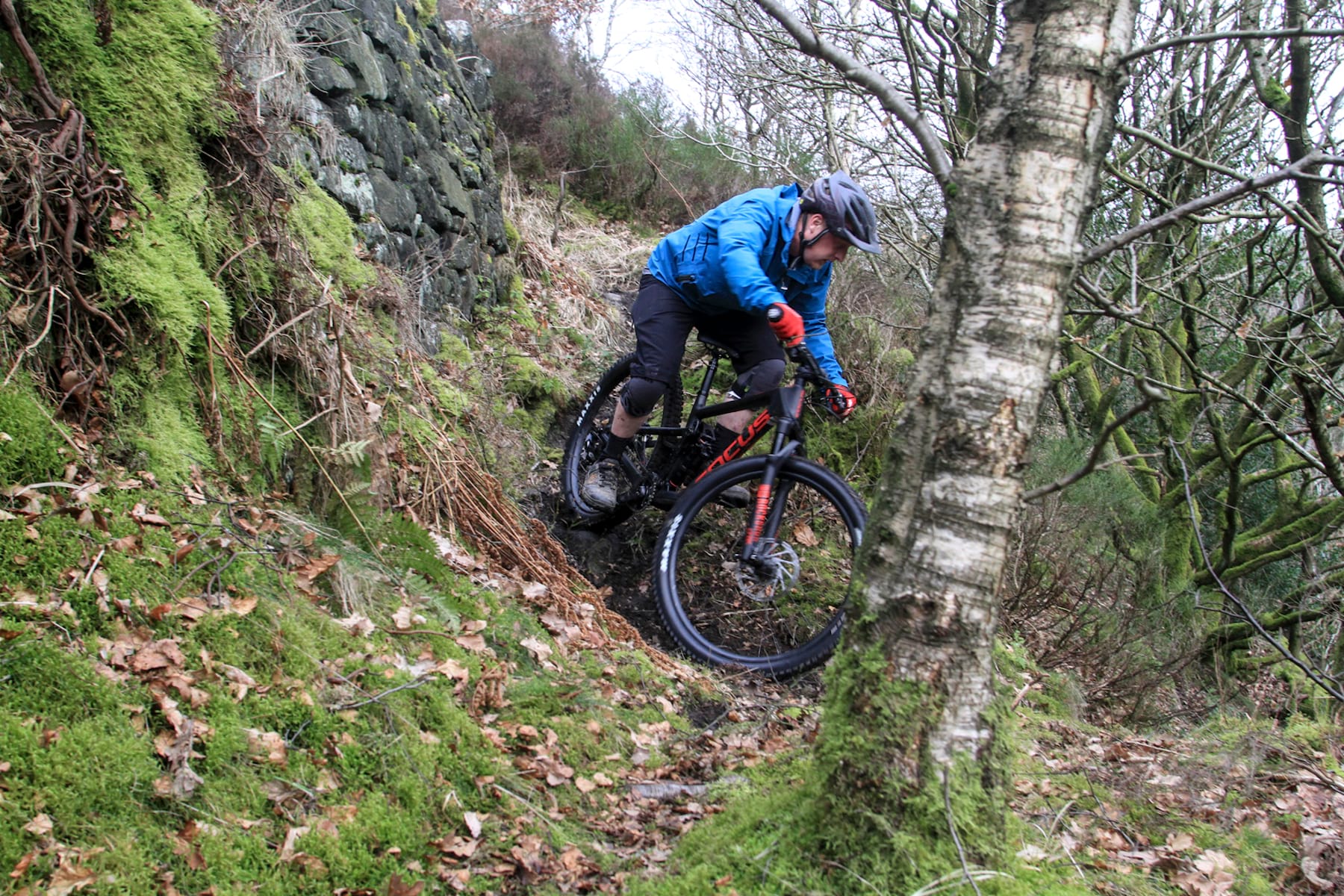
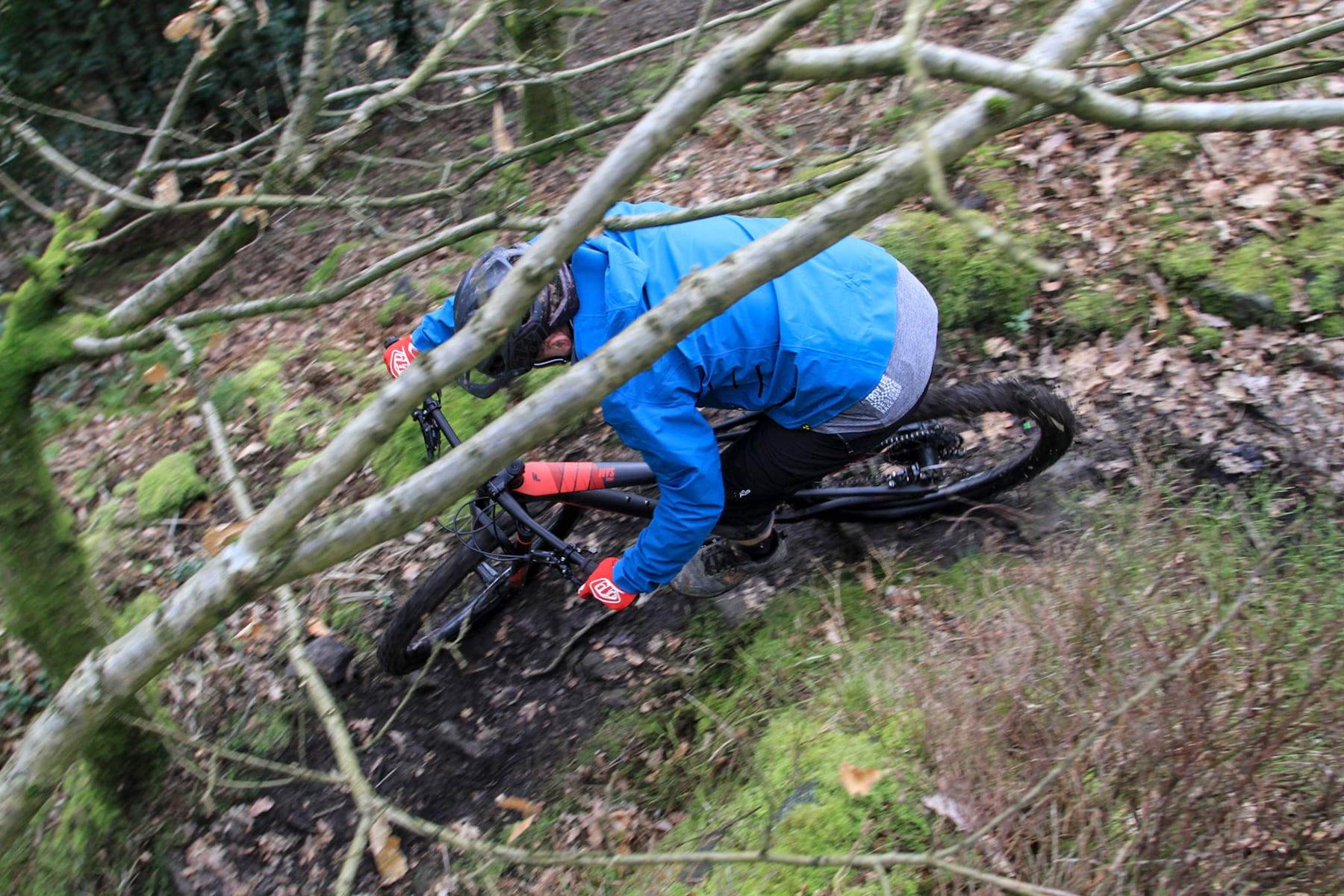
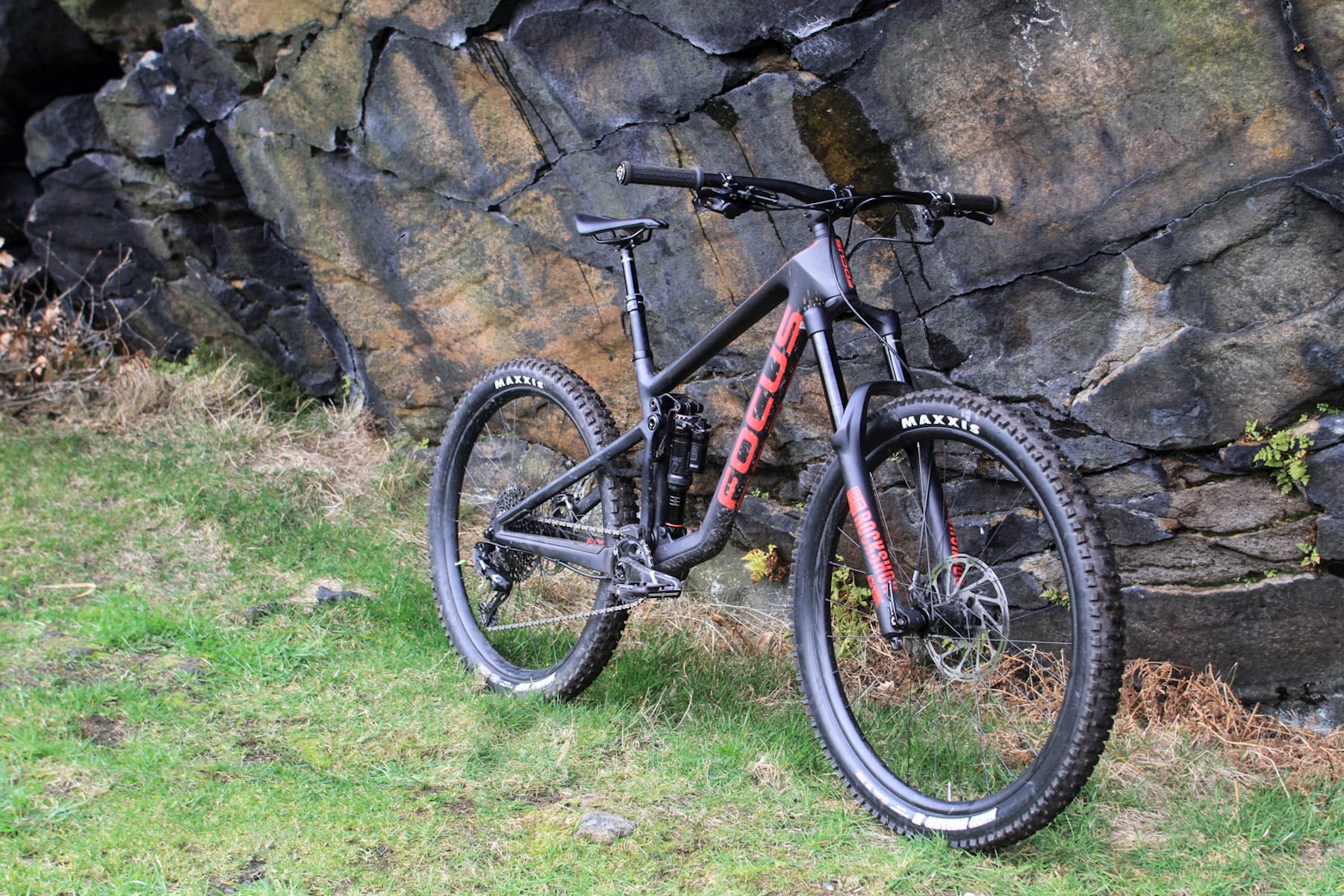
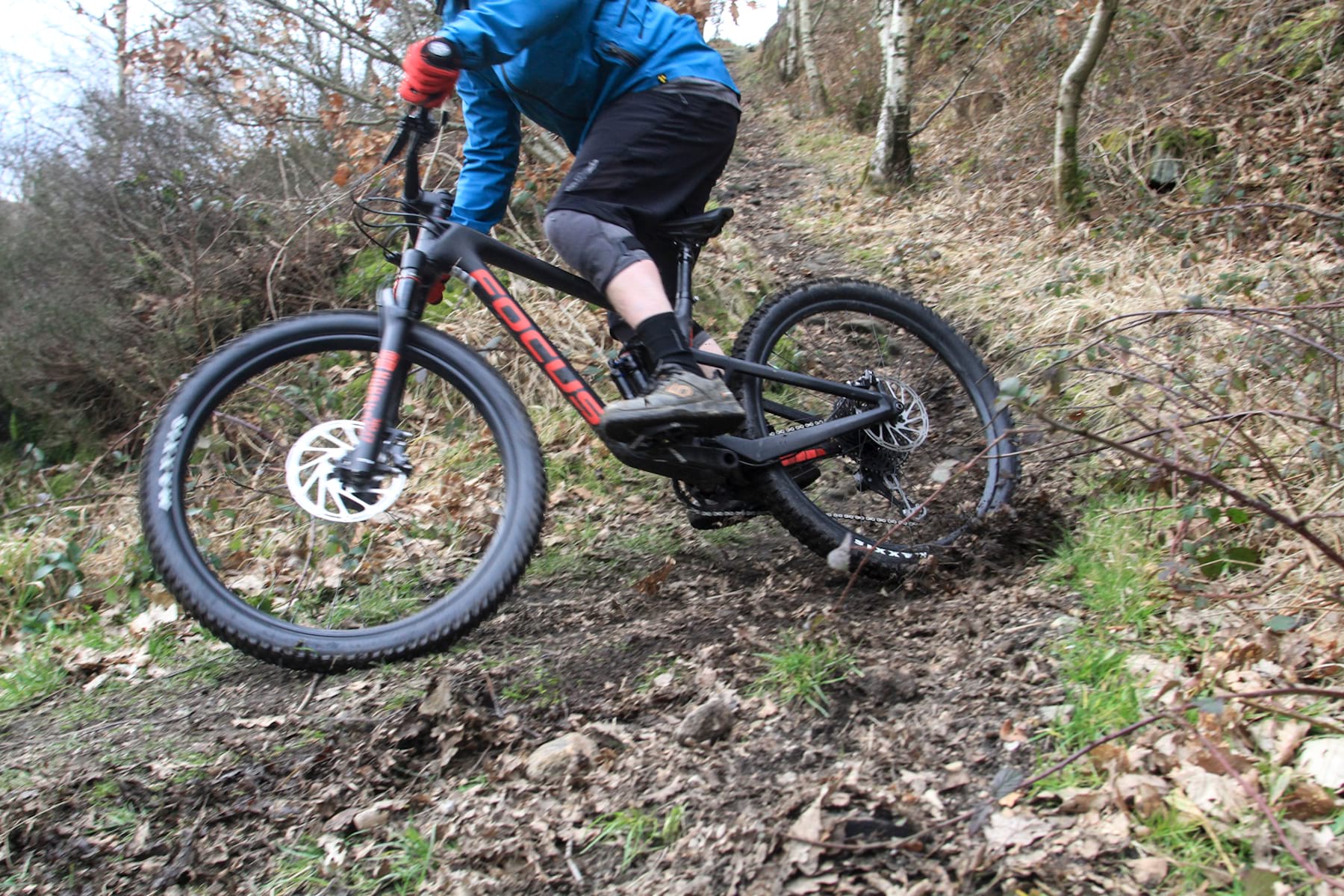
The suspension system looks strikingly similar to Pablo Tafoya’s/ Black Market’s HammerLink